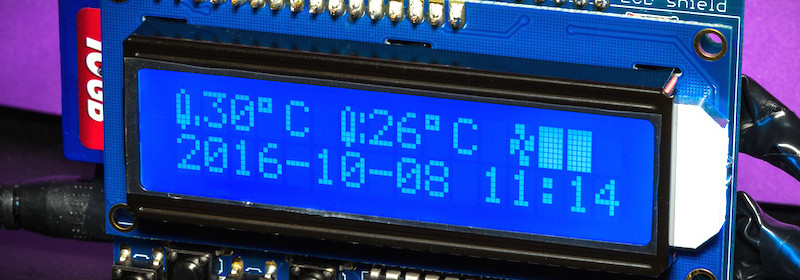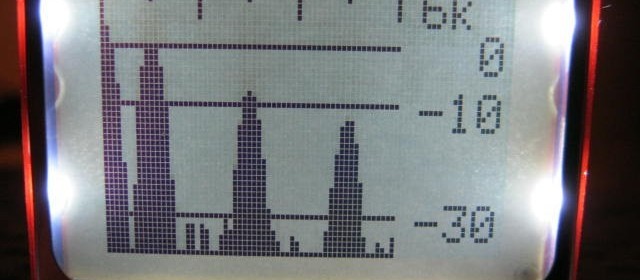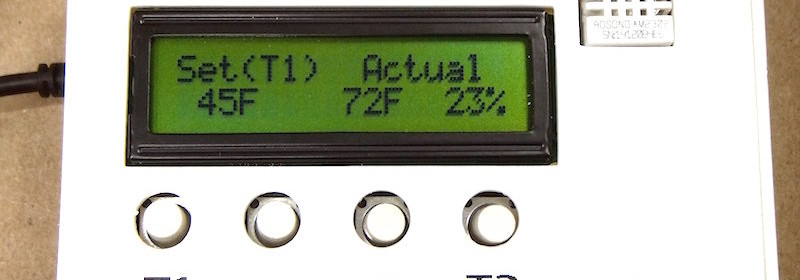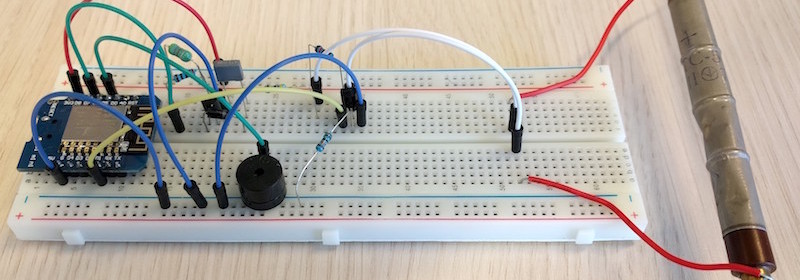Arduino data logger
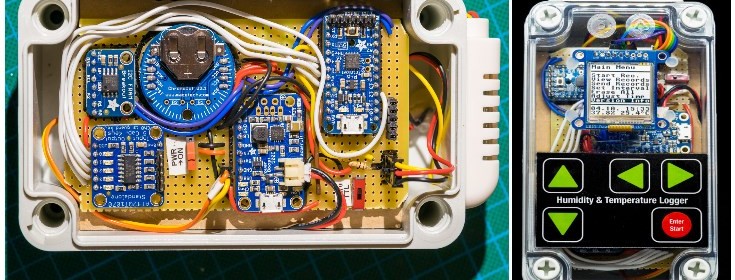
Lucky Resistor has a very nice instructional guide for making an Arduino data logger with a capacitive touch pad user interface. It is a humidity and temperature data logger powered by Trinket Pro Arduino board. The power supply is provided with a lithium ion battery, which can be recharged wirelessly via a Qi charger. The sensor readings are stored in a I2C FRAM module and a Sharp memory LCD display along with a capacitive touch key pad provides a nice user interface to control the device. The AT42QT1070 chip breakout board is used to sense the touch input. The user interface is an
Read more